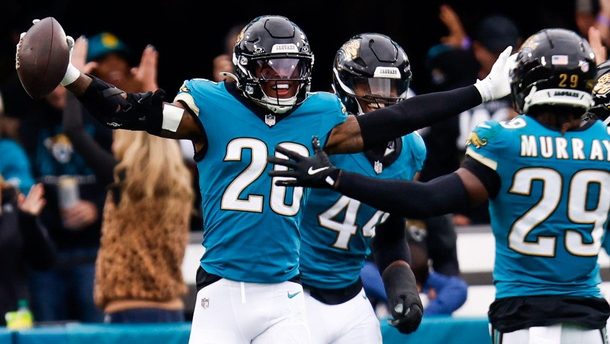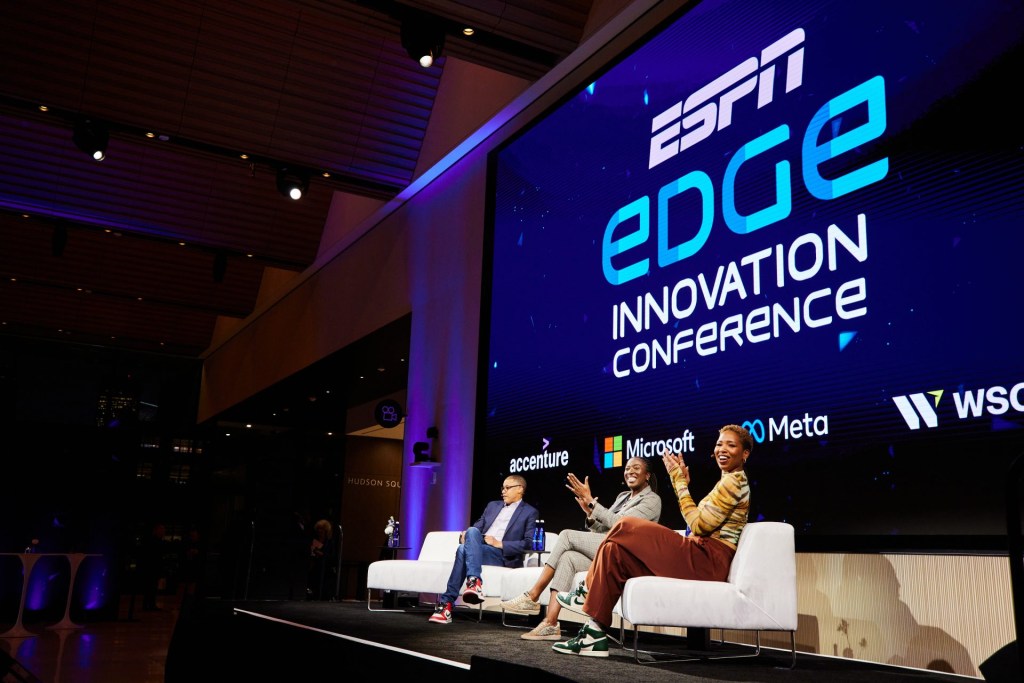
Since exploding onto the scene just over two years ago, Instagram Stories has become the new digital darling of the sports industry.
Whether being used to showcase lineups, game highlights, or behind-the-scenes content, the evolution of stories and their role within the app has led to over 400 million users consuming content in the feature every day.
According to a recent study from social analytics company Delmondo that examined four categories — brands, media, entertainment, and sports — it was sports that had the highest completion rate of any of the industries measured at 75 percent.
Considering sports are a passion point for many, the fact that the industry leads the way isn’t the most surprising.
So, if followers of sports-related accounts — which reach, on average, 10 percent of their followers — are consuming three quarters or more of teams’ and leagues’ stories, what are professionals doing to make sure their story gets watched?
“Whether it’s for a client or our internal platform, MKTG’s strategy for the first frame in Instagram Stories is to create an eye-popping multimedia asset that immediately sparks emotion from the consumer.” – Jonah Ballow, VP of Digital at MKTG.
While there is no one-size-fits-all strategy, the general consensus among those who offered perspective was that brands have to catch their audience’s attention, and catch it quickly.
“In our benchmark study, we found that, on average, more people exit on the first and last frame than any other part of your story,” said Nick Cicero, CEO of Delmondo. “If you are not capturing the attention of people in the first two-to-three seconds of your story, a large percentage of people will exit or swipe away from your story.”
With completion rate staying somewhat stable after the second and third frame, making sure brands can get a consumer to them is the most challenging aspect. To relate it to something more tangible like driving, the hardest part about operating a manual car is getting it into first gear; after that its relatively smooth sailing. The same can be said for Instagram Stories.
How then, does one go about crafting a first frame that will compel people to click further into the story?
For Morgyn Seigfried, associate athletics director for digital strategy and production at Temple University, grabbing the attention of viewers is about enticing them as soon as possible.
“It’s like when someone takes an Instagram story of themselves singing in a car. Are you going to listen to the whole thing? No, unless it’s Beyonce or something. But if your friend posts a story that says ‘big news,’ are you going to click to the next post? Absolutely. It’s the same for brands. Don’t post just to post. Entice people. Give fans a look at content they are exclusively seeing on your story, and be intentional about it.”

If you’re not enticing people on the first slide, depending on what type of content you have created, it’s OK to guide them to your desired destination as well.
Whether it’s a powerful image or even a graphic that points viewers in the right direction, Shahbaz Khan, senior manager of digital content for the Minnesota Timberwolves, always wants to make sure his most vibrant content is what appears first.
“Our goal is to ensure our strongest graphic leads off and if it’s a multi-swipe story, that we’ve got imagery that naturally leads into the next post. We tend to include arrow animations when graphics don’t have an obvious and natural tie into the next slide.”
Outside of people watching stories for their content, much of their time spent viewing can be out of sheer boredom, something that Eric Ginsberg, VP of digital at Cohn & Wolfe, sees as an opportunity for the teams and brands that get it right.
“Users are viewing for entertainment, but also just to curb boredom. Decisions to tap forward are made in a split-second. We focus on the first frame having dynamic movement and color to disrupt the consistency of the prior stories to keep a consumer paying attention longer and to prevent the instant tap forward. A big, bold first frame matters.”
[mc4wp_form id=”8260″]
With those under the age of 25 spending more than 32 minutes a day and those age 25 and older spending more than 24 minutes a day on Instagram according to the platform, cutting through the clutter of what likely amounts to hundreds of posts and story frames is not easy.
At BYU, Tyson Hutchins and the social team in the athletic department make sure that they are driving home the narrative of their story from the beginning.
“With storytelling being our goal, we always try to dive into the narrative within the first frame. By taking the time to prioritize the first frames of a story, we’ve seen a dramatic increase in how our followers interact with our stories.”

For massive media companies like ESPN, making sure that the feature is telling stories is key to the overall success of the content it produces.
To make sure the user feels as if they are actually following a theme and or narrative, Ryan Spoon, SVP of social content and digital video at ESPN, always looks to create a great first frame, but then follow up with frames that build off of what was presented at the beginning of the story.
“The user should not be surprised or feel disconnected from that first introduction as they traverse through the various frames. Stories will almost certainly have different aesthetics and presentations, but they should have a consistent arch and narrative, and the first frame is obviously a key element of that.”
While it may seem oversimplified, the first frame is like a book cover, existing to draw the attention of the user in amongst a myriad of other options, while holding together what should be a larger narrative inside.

















